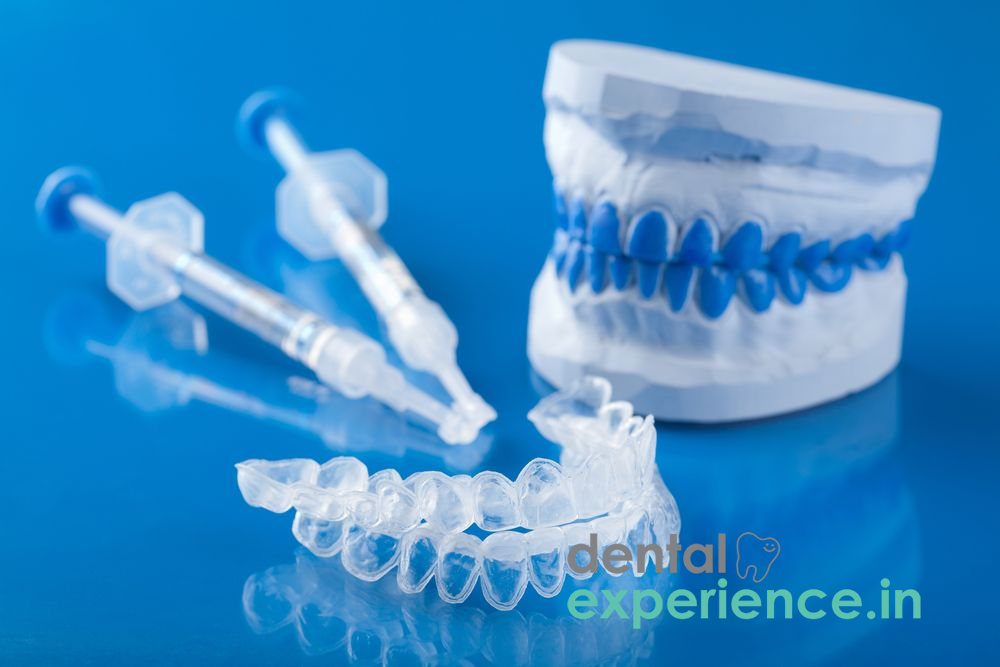You may have had a dental crown fitted in the past but what you may not know is whatever material they are made fr ..
Home Teeth Whitening
Introduction | Purpose | Ideal Patients | Types | Treatment Steps | Benefits | Advantages | Durability | Treatment Time | Cost | Risk & Complications | Disadvantages | Alternatives | Aftercare |
Fast facts

This whitening option involves having plastic trays custom-made to fit your teeth perfectly (upper and lower arch), and comes with tubes of professional whitening gel to be added to the trays. The tray with gel is then worn for up to an hour each day until the desired result is achieved, usually for about 4 weeks.
It will typically take a little longer to produce results than the in-office whitening.
At-home systems contain from 3% to 20% peroxide (carbamide or hydrogen peroxides).
